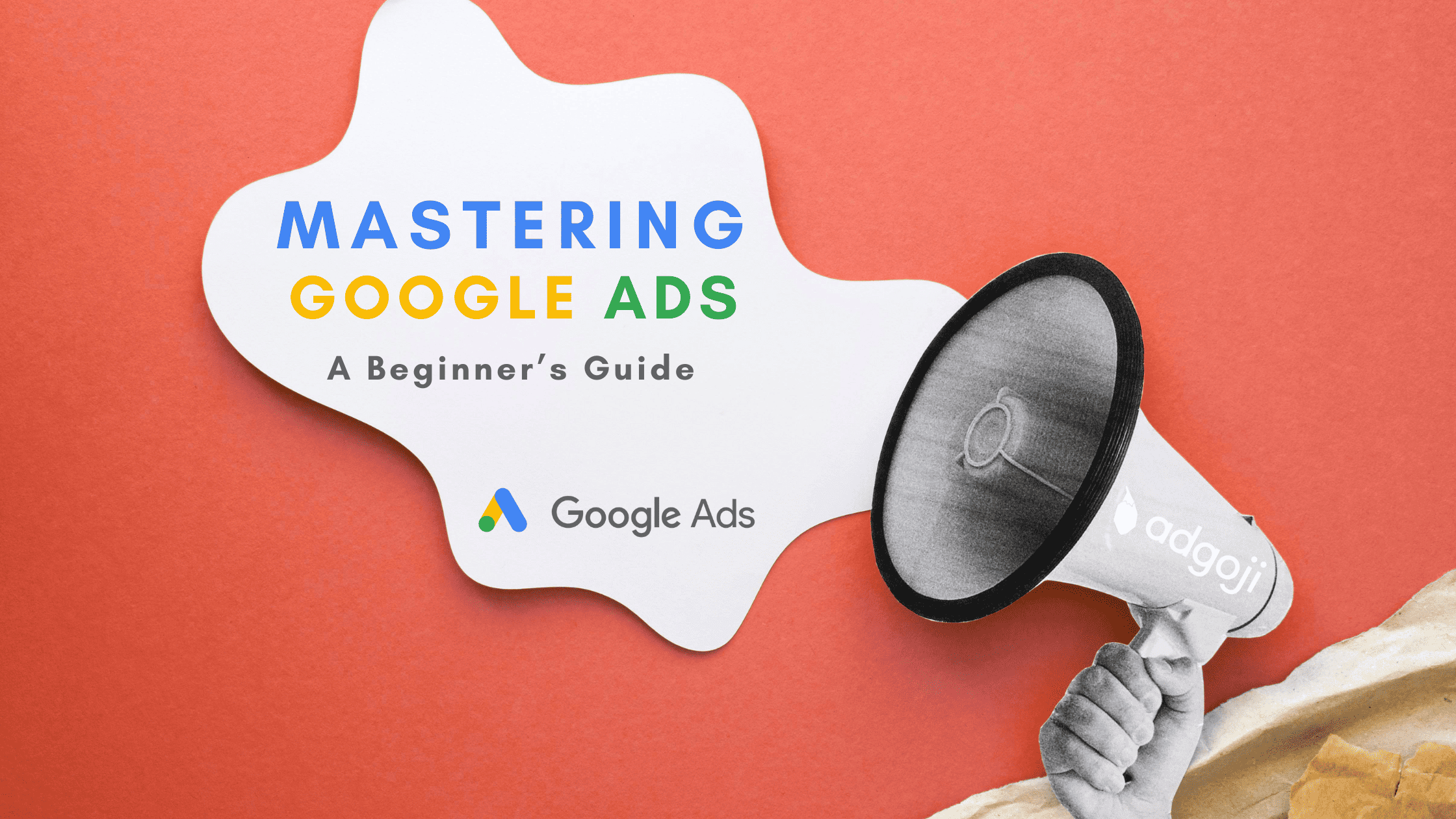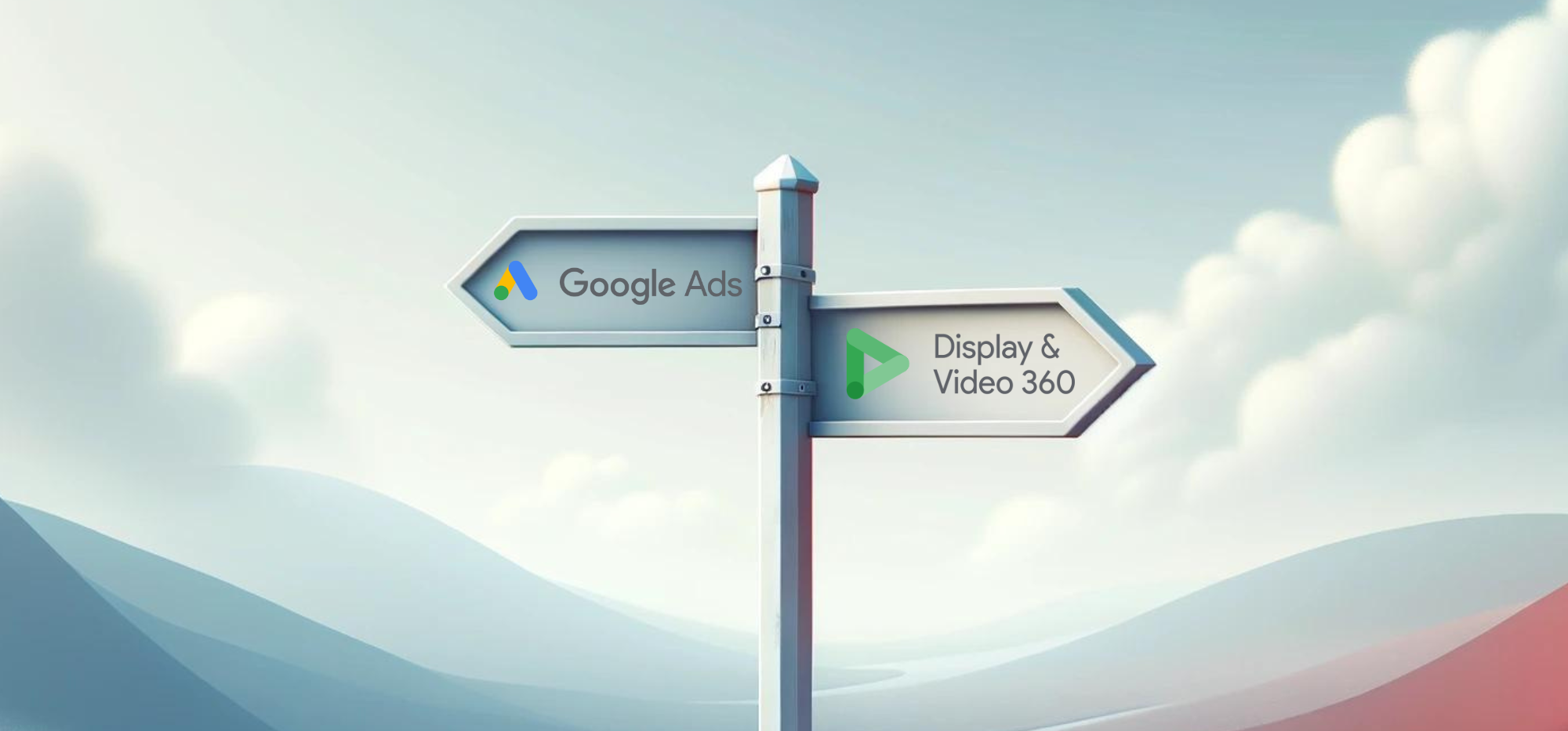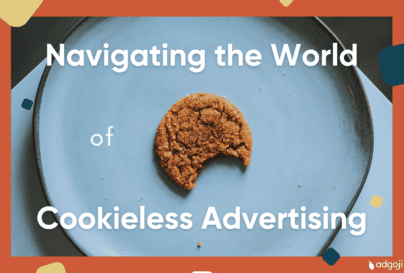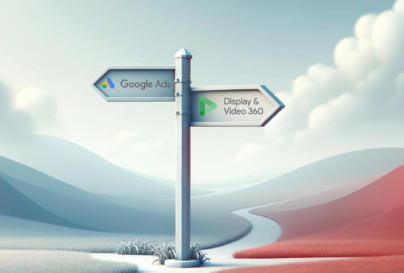Mastering Google Ads: A Beginner’s Guide
In today’s digital age, online advertising is a crucial component of any successful marketing strategy.
And when it comes to online advertising, Google Ads is the undisputed king.
Whether you’re a small business owner or a marketing professional, understanding how Google Ads works can help you reach potential customers and boost your online presence. In this comprehensive guide, we will dive deep into the world of on of the greatest advertising platforms – exploring its importance, different formats, campaign setup, and much more.
Welcome to the beginner’s guide to mastering Google Ads, let’s get started!
written by: Wesley Balten

What is Google Ads and how does it work?
At its absolute basics, Google Ads is an online advertising platform that allows businesses to display their advertisements on Google’s search engine results pages. Advertisers bid on keywords relevant to their products or services, and Google uses a complex algorithm to determine which advertisement to display and in what position (for example on particular areas of a website). This means that users are more likely to see relevant ads that are tailored to their search queries, making it a valuable tool for businesses looking to reach their target audience and for website owners looking to earn money from their site.
To master Google Ads, it’s essential to first understand what it is and how it fits into the world of online advertising. Google Ads, formerly known as Google AdWords, is an advertising platform created by Google. It allows businesses to display their advertising on the Google search network, partner websites, and apps. With this platform, advertisers can create campaigns, bid on keywords, and target specific audiences to reach potential customers. By leveraging the power of Google’s search engine and its AdSense website publisher partners, businesses can promote their products or services to relevant users who are actively searching for them.
Importance of Google Ads in Digital Marketing
Google Ads plays a vital role in digital marketing because it enables businesses to connect with potential customers at the exact moment they are looking for relevant information. By targeting specific keywords, businesses can display relevant content to users who have expressed an interest in their products or services. This level of precision targeting ensures that spend is utilized efficiently, reaching potential customers who are more likely to convert. With all of this and more, businesses can drive high-quality traffic, increase brand visibility, and ultimately, achieve a higher return on investment (ROI) from their digital marketing efforts.
How does Google Ads Work?
Google Ads works by utilizing an auction-based system to determine the placement of advertisements and their associated costs. When a user performs a search on Google, relevant results are displayed at the top and bottom of the search results page, as well as in various locations across partner websites and apps. Advertisers bid on keywords, and Google, in turn, determines which advertisement to display based on relevance, high quality score, and maximum bid. The quality score is a metric used to measure the relevance, keywords, and landing pages, ensuring that users are presented with valuable and useful content.
Types of Google Ads
Now that we have a basic understanding of how Google Ads works, let’s explore the different types available within the platform. The platform offers a range of formats designed to suit various advertising objectives. The main types include search, shopping, display, and app formats.

Search ads
Search ads are the most common format on Google Ads. They appear at the top and bottom of the search results page when users perform a search on Google. These particular types of ads are highly targeted, allowing advertisers to reach potential customers who are actively searching for specific keywords related to their products or services. These will provide businesses with valuable real estate on the search results page, enabling them to capture users’ attention at the exact moment they are looking for relevant information.
Put Google AI to work with Search ads
Google Ads can be optimized with the use of AI, especially in Search . Google AI can analyze search queries to understand user intent and show relevant images or videos that align with their needs. With machine learning algorithms, Google AI can also optimize targeting, bidding, and copy for maximum performance. This creates more effective and efficient advertisements that save time and money for businesses. By using Google AI and Google Analytics 4 in your Search strategy, you can track conversions and gain a comprehensive understanding of user interactions, leading to better targeting and increased ROI.
Display ads
Display ads, on the other hand, are visually appealing advertisements that appear on a network of partner websites, apps, and YouTube. They allow businesses to showcase their brand, products, or services to a larger audience. Display advertising is an excellent way to increase brand awareness, generate leads, and promote product consideration. Advertisers can choose from various formats, including text, image, and video, ensuring their message is delivered effectively to potential customers. With display, businesses have control over targeting options, placements, and can track the average costs associated with their campaigns – just like the other types.
Shopping ads
Shopping ads are specifically designed for e-commerce businesses. They allow retailers to display detailed product information, including images, prices, and product descriptions, directly in search results. Shopping advertisements are highly effective in driving online traffic, engagement, and sales, as they target potential customers who have expressed an intent to buy. By showcasing product listings, businesses can increase their online visibility, attract qualified leads, and compete more effectively in the highly competitive e-commerce space. And as always, businesses can optimize their shopping campaigns, track performance, and see valuable insights directly within the Google ecosystem.
App Ads
App ads are specifically designed for mobile apps looking to expand their user base. With these types of advertising, businesses can promote their apps across various properties, including Search, Play, YouTube, and the Display Network. These can appear on mobile devices, allowing businesses to target potential customers at the right moment. App advertisement can be tailored to specific target audiences, taking into account users’ interests and app preferences. App campaigns can manage various formats, bidding options, and content to help businesses effectively promote their apps and drive app downloads.
YouTube ads
YouTube ads are a great way to reach your target audience on the popular video-sharing platform. You can create and launch your YouTube ads to showcase your products or services to potential customers. YouTube ads come in various formats such as skippable, non-skippable, and sponsored cards. With the right targeting options, you can ensure that your advertisements reaches the right audience at the right time. Plus, with detailed analytics, you can track the performance of your YouTube campaign and make necessary adjustments for better results.
And lastly, a new contender: PMAX
PMAX, which stands for Performance Max, is one of the many bidding strategies that advertisers can use to optimize their campaigns. This strategy uses machine learning technology to help maximize your campaign’s performance across multiple networks such as search, display, and YouTube. By leveraging real-time data insights, PMAX adjusts your bids in response to changing market conditions and user behavior to deliver the best possible results. This strategy is particularly useful for businesses looking to drive conversions and increase return on investment (ROI) from their advertising spend.

especially if you have some experience in other platforms.
Setting up a Google Ads Campaign
Now that we have explored the different types of Google Ads, let’s dive into the process of setting up a campaign. To get started, you’ll need an account (makes sense right?). Creating an account is totally free, and it allows you to manage your advertising campaigns, formats, keywords, and more.
Once your account is set up, you can create your first campaign. Then choose the right bidding strategy, and find your desired audience. The setup process involves several steps, but with a clear plan in place, you can be on your way to running successful campaigns.
Opening a Google Ads Account
To open a Google Ads account, simply visit the homepage and sign up online. You will need to provide some basic information about your business, such as your website, industry, and location. Then once you’ve created your account, you can start creating a campaign, selecting relevant keywords, and specifying the maximum bid you are willing to pay per click. Opening a account is the first step towards reaching potential customers and driving valuable traffic to your website.
You can also set up conversion tracking by adding a phone number or call button through the call extension options. This will allow you to track and measure the success of your campaigns and potentially increase your conversion rates.
Creating your First Campaign
After opening your Google Ads account, it’s time to create your first campaign. First thing’s first: start by choosing the campaign type that aligns with your advertising goals. The platform offers various campaign types, including search campaigns, display campaigns, shopping campaigns, video campaigns, and smart campaigns. Once you have selected the campaign type, you will need to set a budget, choose a network, and decide where you want your advertisments to appear. Craft compelling copy, select relevant keywords, and take into account the quality score to ensure your advertisements are highly relevant. All of this together will result in better performance.
Targeting Your Audience
Identifying your target audience involves analyzing demographics, interests, and online behavior. Remarketing allows you to reconnect with users who have engaged with your website or app. Customer match helps in reaching existing customers or those in your database. In-market audiences enable targeting potential customers actively researching products. Additionally, similar audiences can expand your reach to new potential customers, making your online advertising efforts more effective and efficient.

Google Ads vs Display & Video 360
When comparing Google Ads and Display & Video 360 (on our own blog), it’s clear that the two platforms have different strengths. Google Ads provides more versatility, allowing advertisers to promote their products or services through various channels such as search results, websites, and mobile apps.
On the other hand, Display & Video 360 places a greater emphasis on PPC (pay-per-click) and CPC (cost-per-click) advertising in order to maximize performance. Both platforms offer unique benefits and could be used in tandem to create a comprehensive digital marketing strategy.
Key Differences
In online advertising, Google Ads emphasizes text, display, video, and app formats across diverse networks. Conversely, Display & Video 360 offers advanced features for programmatic buying, such as real-time bidding and private marketplace deals. Google Ads provides campaign management and optimization tools, while Display & Video 360 caters to enterprise-level advertising. Each platform offers different bidding and targeting options to meet diverse advertising needs. The reporting and analytics capabilities also differ, offering unique insights into performance.
Which One Should you Choose?
Consider your advertising objectives, budget, and target audience when deciding between Google Ads and Display & Video 360. If advanced programmatic media buying and real-time bidding are needed, Display & Video 360 may be preferred. Evaluate features, formats, and targeting options provided by each platform. Consult with experts to determine the best fit.
Running campaigns on adgoji
Adgoji simplifies online advertising campaigns, making it an excellent platform for businesses of all sizes. With advanced targeting options, real-time dashboard, and automated campaign management, you can effortlessly reach your audience and make informed decisions. Our platform supports various formats, including dynamic, static and video, ensuring cost-effective advertising. And the platform currently runs on Display & Video 360 – so that gives you all the power without all the hassle.
Creating an effective advertising campaign with adgoji starts by defining objectives and setting clear goals. Utilize our audience targeting features to reach potential customers based on relevant criteria. This is all done within minutes, and optimizing your campaigns takes even less time. Don’t forget that you will always have to craft compelling creatives tailored to your target audience, to build trust and stand out from competitors.
Book a demo to try it out for yourself:
Conclusion
In conclusion, Google Ads is a powerful tool that can greatly benefit your digital marketing efforts. It allows you to target specific audiences, track performance, and optimize your campaigns for maximum results. Whether you’re just starting out or looking to enhance your existing advertising strategy, this extremely powerful advertising platform has something to offer. Remember to choose the right type, based on your goals and target audience. Consider using adgoji for an easier and more effective advertising campaign creation process. And most importantly, don’t forget to track your results and make adjustments as needed. With the right approach and careful planning, this mighty platform can be a valuable asset in driving your business forward.




